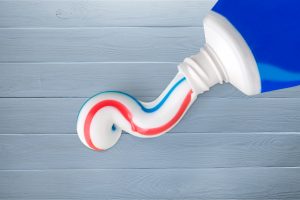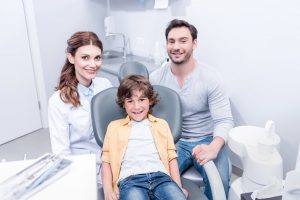
Research shows that babies are born without any harmful bacteria in their mouths. However, once bacteria colonize in the mouth, children are more prone to cavities in their baby teeth and permanent teeth. How do they get the bacteria? Caregivers.
Most parents don’t know that they can pass harmful bacteria from their mouth to their baby’s mouth. The most critical time is during the child’s first 2 ½ years of life. Most children are born without a single tooth. Can bacteria passed to children without teeth affect their decay potential for their whole life? According to research the answer is yes.
Here’s a shocker…..If you have a history of poor oral health, including many fillings… (Read More)





 If there’s one thing about modern life that’s both a blessing and a curse, it’s all the choices we have. On one hand, it seems great that we can choose from so many options for every product at the grocery store. On the other hand, it can be confusing and overwhelming to make a decision. When it comes to all the toothpaste out there, most people would be hard-pressed to name each type, let alone decide which one is best for them. That’s where the expertise of a dentist comes in. Keep reading to find out what each toothpaste formula does and whether it would be right for you!
If there’s one thing about modern life that’s both a blessing and a curse, it’s all the choices we have. On one hand, it seems great that we can choose from so many options for every product at the grocery store. On the other hand, it can be confusing and overwhelming to make a decision. When it comes to all the toothpaste out there, most people would be hard-pressed to name each type, let alone decide which one is best for them. That’s where the expertise of a dentist comes in. Keep reading to find out what each toothpaste formula does and whether it would be right for you!

 With the kids out of school, now is the perfect time for your family’s next getaway. As you make hotel reservations and arrange every last detail of the trip, do not forget to schedule an appointment with your dentist before hitting the road. Although it may seem like a hassle, you can save time by choosing a family dentist. With everyone’s needs met under one roof, you will benefit from exceptional care without the run around.
With the kids out of school, now is the perfect time for your family’s next getaway. As you make hotel reservations and arrange every last detail of the trip, do not forget to schedule an appointment with your dentist before hitting the road. Although it may seem like a hassle, you can save time by choosing a family dentist. With everyone’s needs met under one roof, you will benefit from exceptional care without the run around.